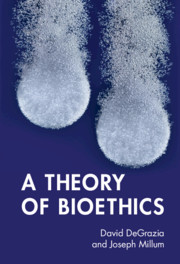The control of risk and harm in human research often calls for the establishment of upper limits of risk of pain, suffering, and distress that investigators must not exceed. Such upper limits are uncommon in animal research, in which limits of acceptability are usually left to the discretion of individual investigators, institutions, national inspectors, or ethics review committees. We here assess the merits of the European Directive 2010/63/EU on the Protection of Animals Used for Scientific Purposes and its accompanying instruments, such as guides and examples. These documents present a body of legislation governing animal research in the European Union. We argue that the directive supplies a promising approach, but one in need of revision. We interpret the directive’s general conception of upper limits and show its promise for the establishment of high-quality policies. We provide a moral rationale for such policies, address the problem of justified exceptions to established upper limits, and show when causing harm is and is not wrongful. We conclude that if the standards we propose for improving the directive are not realized in the review of research protocols, loose and prejudicial risk-benefit assessments may continue to be deemed sufficient to justify morally questionable research. However, a revised EU directive and accompanying instruments could have a substantial influence on the ethics of animal research worldwide, especially in the development of morally sound legal frameworks.
